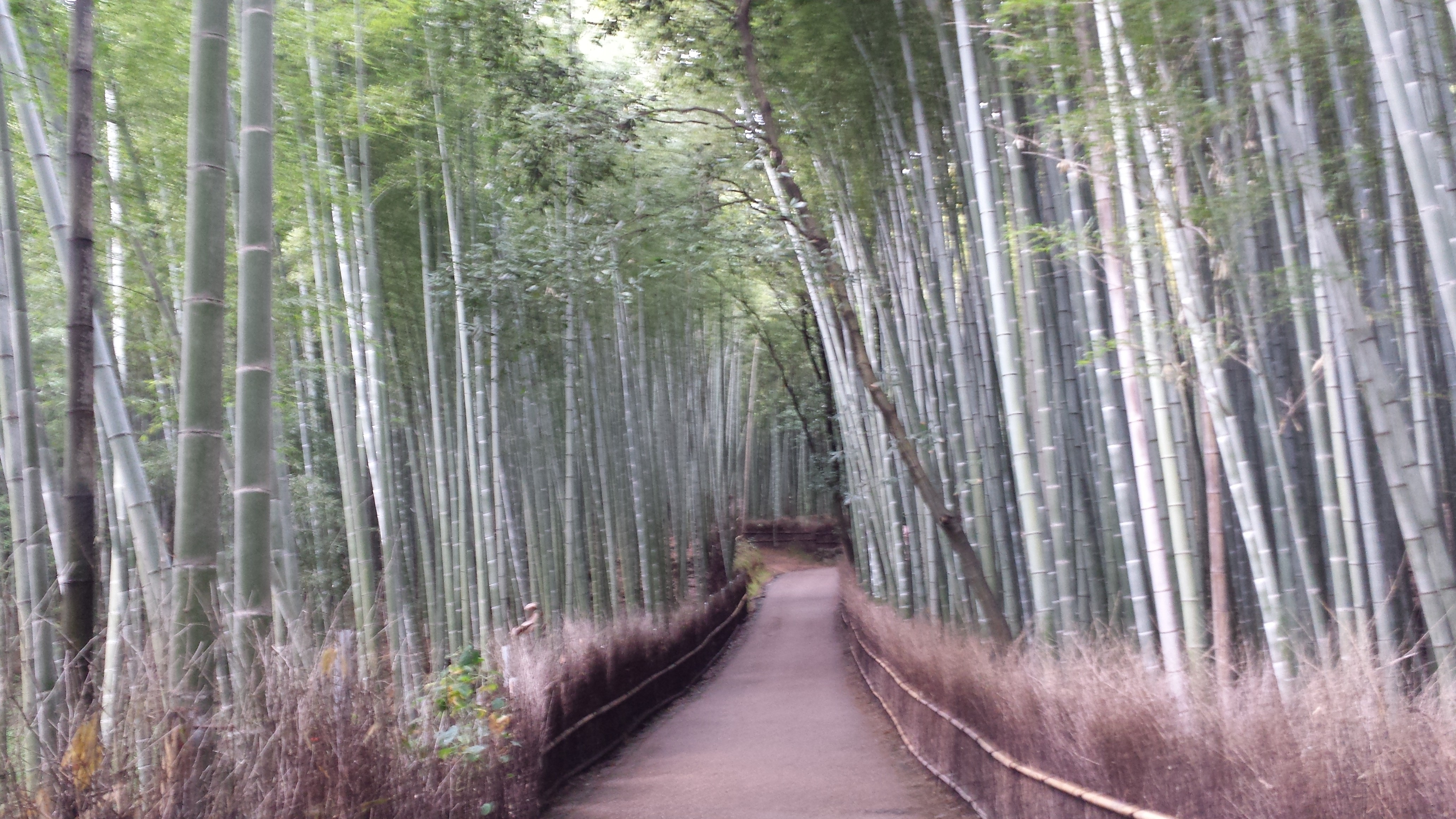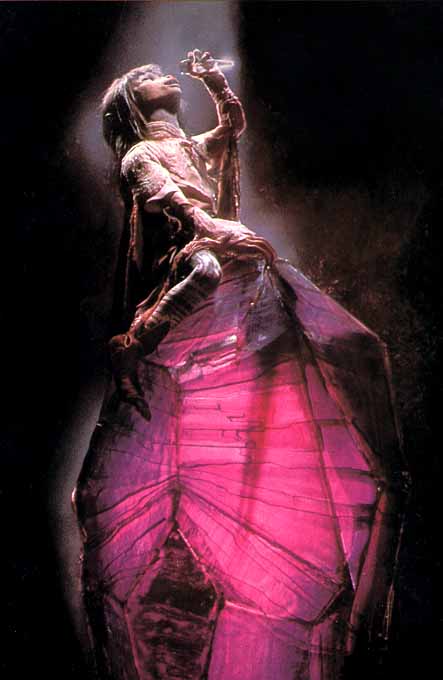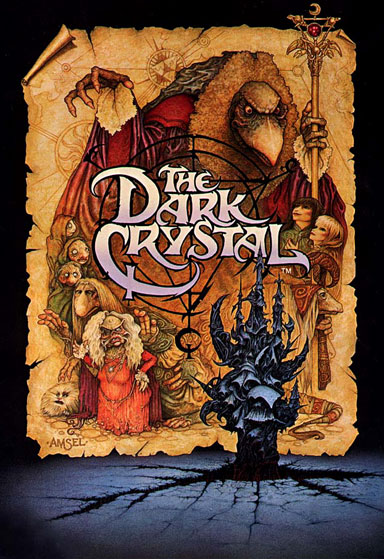
Not a Travelogue, Only a Mission Statement
Image: The bamboo grove in Arashiyama, near Kyoto
I woke up a little past midnight this morning. Since arriving from Japan a few days ago, the time difference hasn’t been kind on my working habits. I’ve woken up at 3 or 4 AM, read blogs and written, and showered before dawn has even started.
I’ve thought about how to write a post-trip update. I don’t care for travelogues; my friends write them often after their own vacations, but it’s too dry a format for me. I prefer impressions, but too much happened in two weeks to summarize nicely.
I’ve had some frustrations since my return. Besides my flip-flopped sleeping habits, the weather here is much warmer and more humid, the land flatter, the buildings shorter, the people inhospitable impolite. Getting around is comparatively more difficult. On the other hand, understanding what everyone says, and being able to read every street sign or piece of literature, is some compensation.
No, I won’t be writing a 4,000-word travelogue, or a week-long series of essays about things I learned on the trip (although I considered that!). Instead, here’s one thing I decided, with what I encountered or learned that led me to this.

